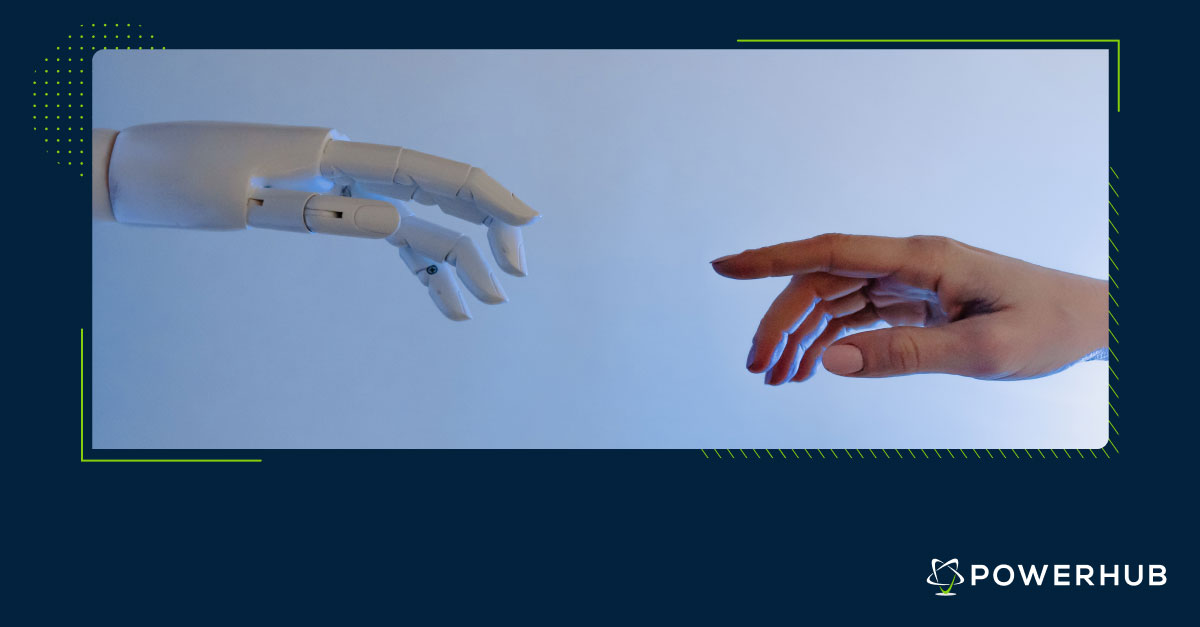Artificial intelligence (AI), once primarily a feature of science fiction, now represents a rapidly growing industry, with applications in banking, defence, transportation, e-commerce, agriculture, healthcare, and more recently, solar operations, maintenance (O&M), and asset management.
The beauty of artificial intelligence is that it has the power to transform industries through efficiencies, and nowhere is this more obvious than in the solar energy market.
Let’s clarify what artificial intelligence means in a renewable energy context. Hannah Davis, a researcher at market intelligence firm Guidehouse Insights, suggests that artificial intelligence “should be viewed as software solutions that use advanced analytics and machine learning to help grid operators and asset owners extract additional insights from datasets and integrate these into their operations.”
AI is a huge deal for the solar industry. It has the power to transform the way solar projects are operated and managed, all while making daily tasks much easier to accomplish. For example, artificial intelligence makes calculating performance loss rate (PLR) — or the annual drop in output from solar panels, usually expressed as a percentage — a breeze. PLR should always remain below 20% (meaning panel efficiency should be greater than 80% at a minimum).
AI is particularly adept at identifying when solar modules require maintenance. It can pinpoint specific panels running below anticipated output levels, allowing O&M teams to more easily remedy the problem before it leads to serious asset downtime.
You can also integrate AI with aerial drones to scan entire fields of panels for defects or inefficiencies in real-time. This saves considerable people power, freeing up hands for other tasks, improving overall project efficiency, and lowering labour costs substantially. A solar company without AI-integrated aerial drones may spend weeks individually inspecting thousands of solar panels, whereas this could be done in a day with AI.
It’s hard to think of a more substantial competitive advantage than that!
After drones complete the data collection process, AI can render these complex images and datasets into digestible, actionable conclusions for solar asset managers and O&M teams. While the prevalence of aerial drones in energy projects is still limited, it no longer represents a niche market. In fact, Guidehouse Insights estimates it to be worth USD 1.4 billion as of 2021.
The power of AI and machine learning is in its ability to process a multitude of complex variables simultaneously. For example, AI systems can analyze weather forecasts, active cloud cover, solar irradiation levels, historical seasonal output levels, and expected demand quantities, giving asset owners a much clearer picture of their production outlook.
There are several options for solar companies looking to take advantage of artificial intelligence. One route is to outsource AI operations to service providers, though this comes with ongoing costs and occasionally gives rise to scalability concerns.
Companies could also choose to develop an in-house database and AI software program. However, this is prohibitively expensive for small and medium-sized businesses.
Alternatively, solar companies may opt to purchase a software license from an AI firm. Though less costly in the long run than the other options presented, this does require data sharing. Regardless of implementation choice, the option of artificial intelligence for solar companies is now very much realistic.
This is exciting, as it demonstrates another way that AI can be employed effectively in the fight against climate change. Additionally, solar assets won’t be the only ones that benefit. There’s a wide range of renewable energies, from wind and solar to tidal and wave energy, that can — and surely will — benefit from the increased efficiency, better access to high-quality, real-time data, and automation processes that AI enables.
While still nascent in the solar industry, AI applications are likely to cause significant disruption in the coming years. Whether that’s a good or bad thing for individual solar companies depends entirely on their willingness to adapt early.
Those who recognize the competitive advantage AI-assisted data collection, processing, and analysis offers to asset management and O&M and invest in it now will reap incredible results. After all, cleantech industries have demonstrated themselves to be quite lucrative already — and AI simply enhances the industry’s strengths while minimizing its weaknesses. It’s quite the symbiotic relationship, really — one that should be further developed as quickly as possible.




